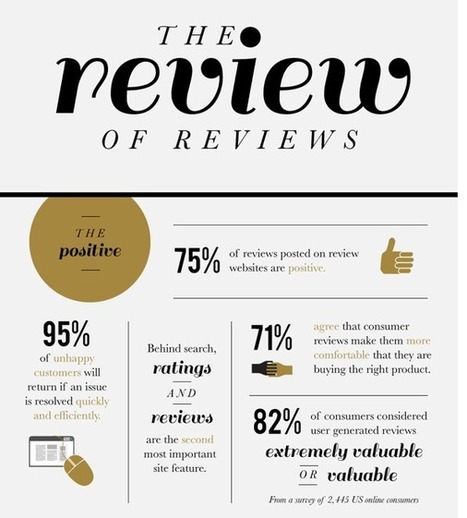It’s not even just e-commerce sites that allow reviews either. Local Directory sites allow customers to review businesses, whether the business encourages them or not. For a lot of businesses the ease of getting reviews from clients should be an opportunity to grab with both hands. Surprisingly, many businesses are ignoring this.
More worryingly, if past clients have gone online to complain about poor service publicly on a third party website some business owners are taking the attitude of “out of sight, out of mind”. I even spoke to one business owner who said that if anyone read online reviews about his business he wouldn’t want them as a client anyway! So do people read reviews, and more importantly do they believe them? PeopleClaim have put together this Infographic looking at some statistical measures of ratings and reviews. They were curious as to how many people were searching for reviews, what they were finding, and what type of decisions they were making based on this information....



 Your new post is loading...
Your new post is loading...
















A good look at how online customer reviews can impact your business.